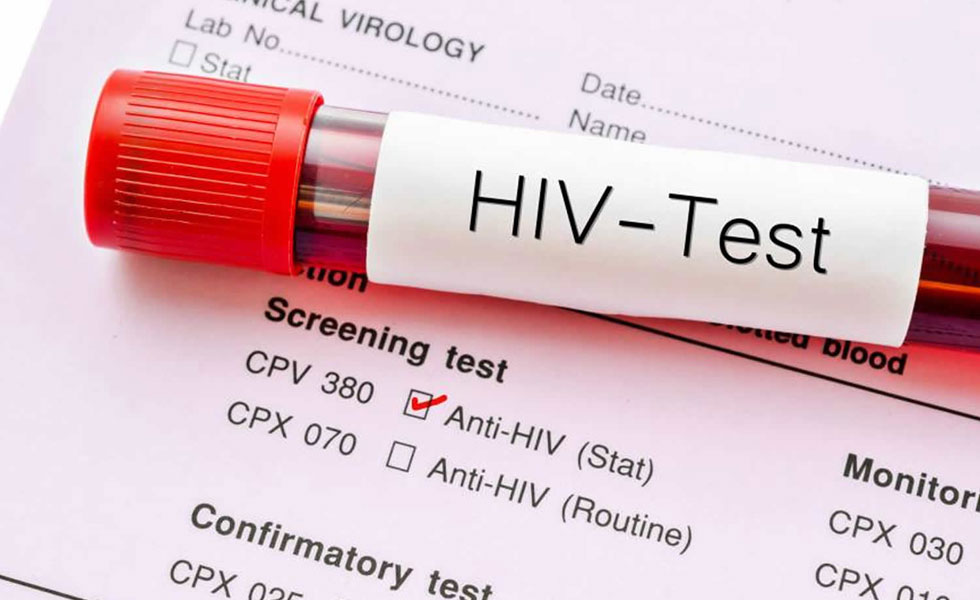HIV/AIDS prevalence in Ghana is disproportionately affecting women across all age groups. According to the 2014 HIV Estimates, women account for 56% of infections, while men account for 44%. This disparity is attributed to various factors, including women’s increased exposure to infected partners and their higher likelihood of acquiring HIV from an infected partner.

Mr. Dennis Bandoh, Deputy Vocal Person for HIV/AIDS at the Ashanti Health Directorate, notes that women are more proactive in seeking HIV testing, particularly pregnant women who undergo routine testing. Additionally, women’s healthcare-seeking behavior makes it easier for them to access HIV testing, contributing to the higher reported cases among women.
Key Factors Contributing to Higher HIV Prevalence among Women:
– Increased exposure to infected partners
– Higher likelihood of acquiring HIV from an infected partner
– Proactive seeking of HIV testing, especially among pregnant women
– Healthcare-seeking behavior
It’s essential to address these factors to mitigate the disparity in HIV prevalence between men and women in Ghana. By understanding the underlying causes, we can work towards more effective prevention and intervention strategies.

